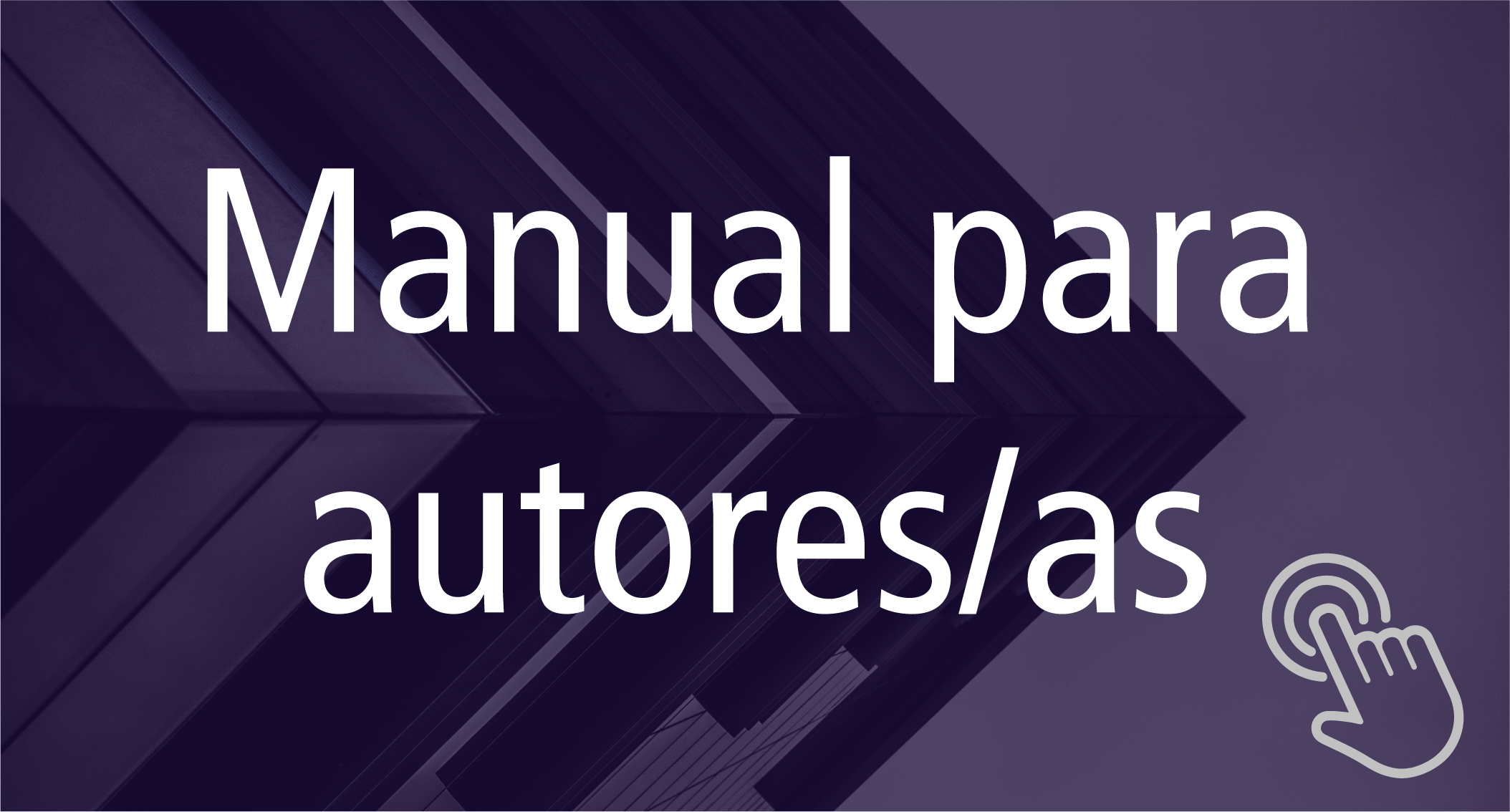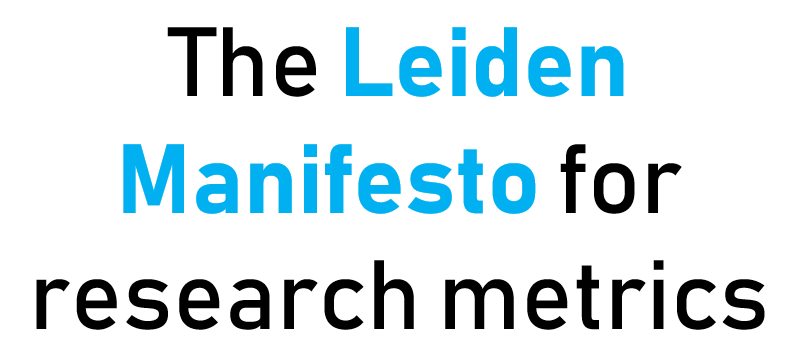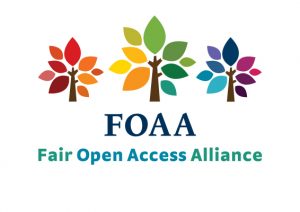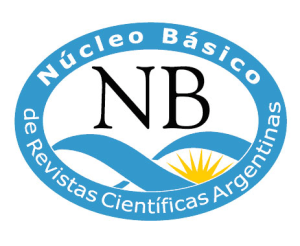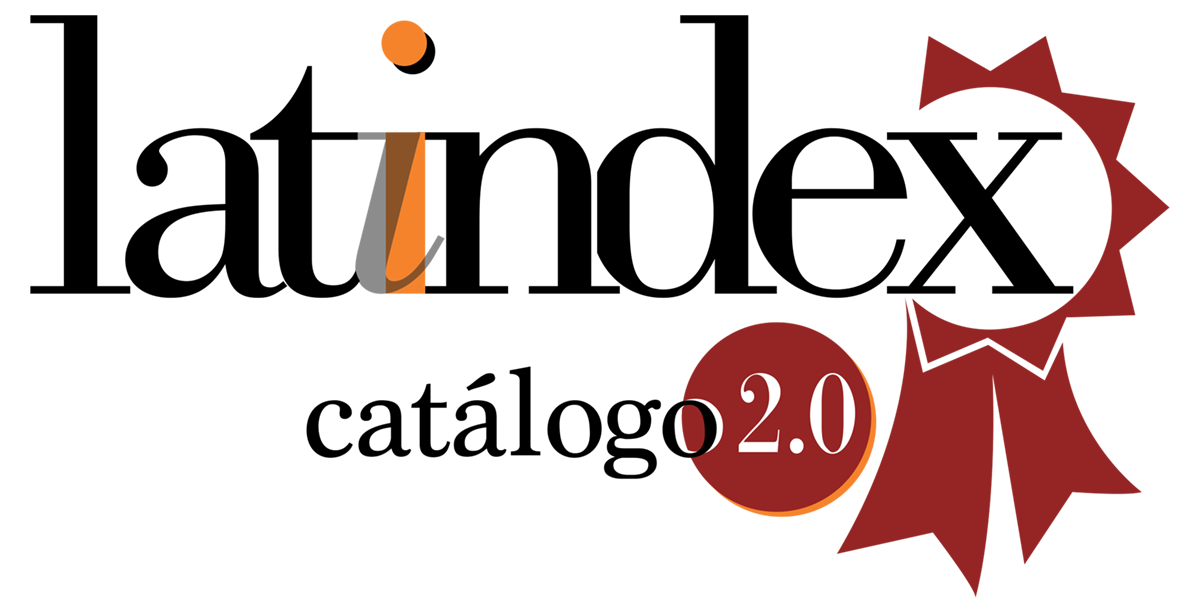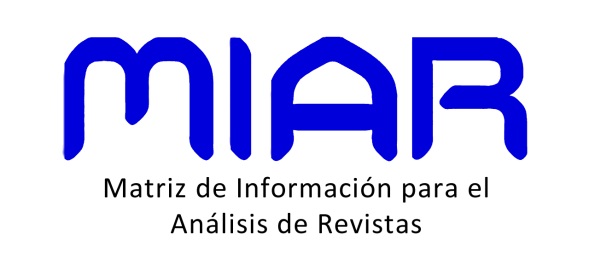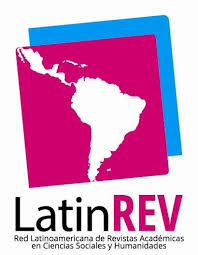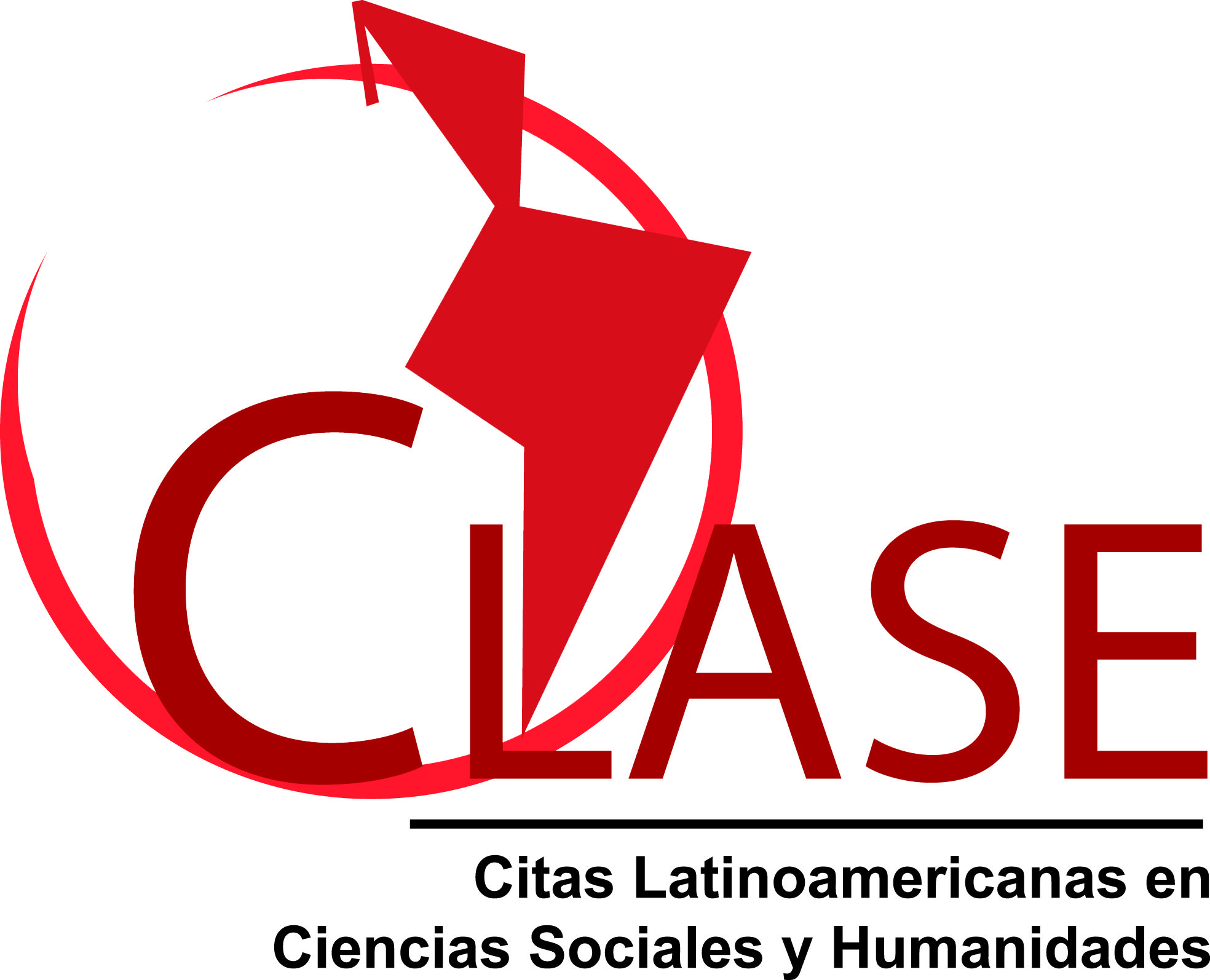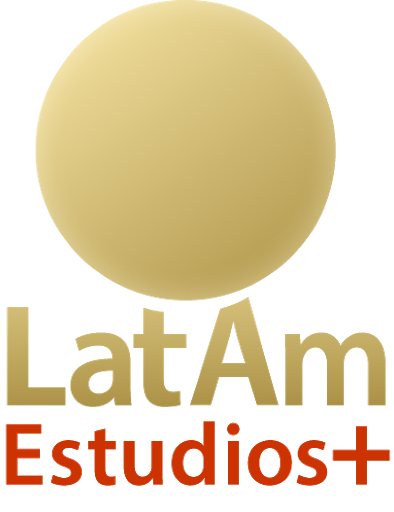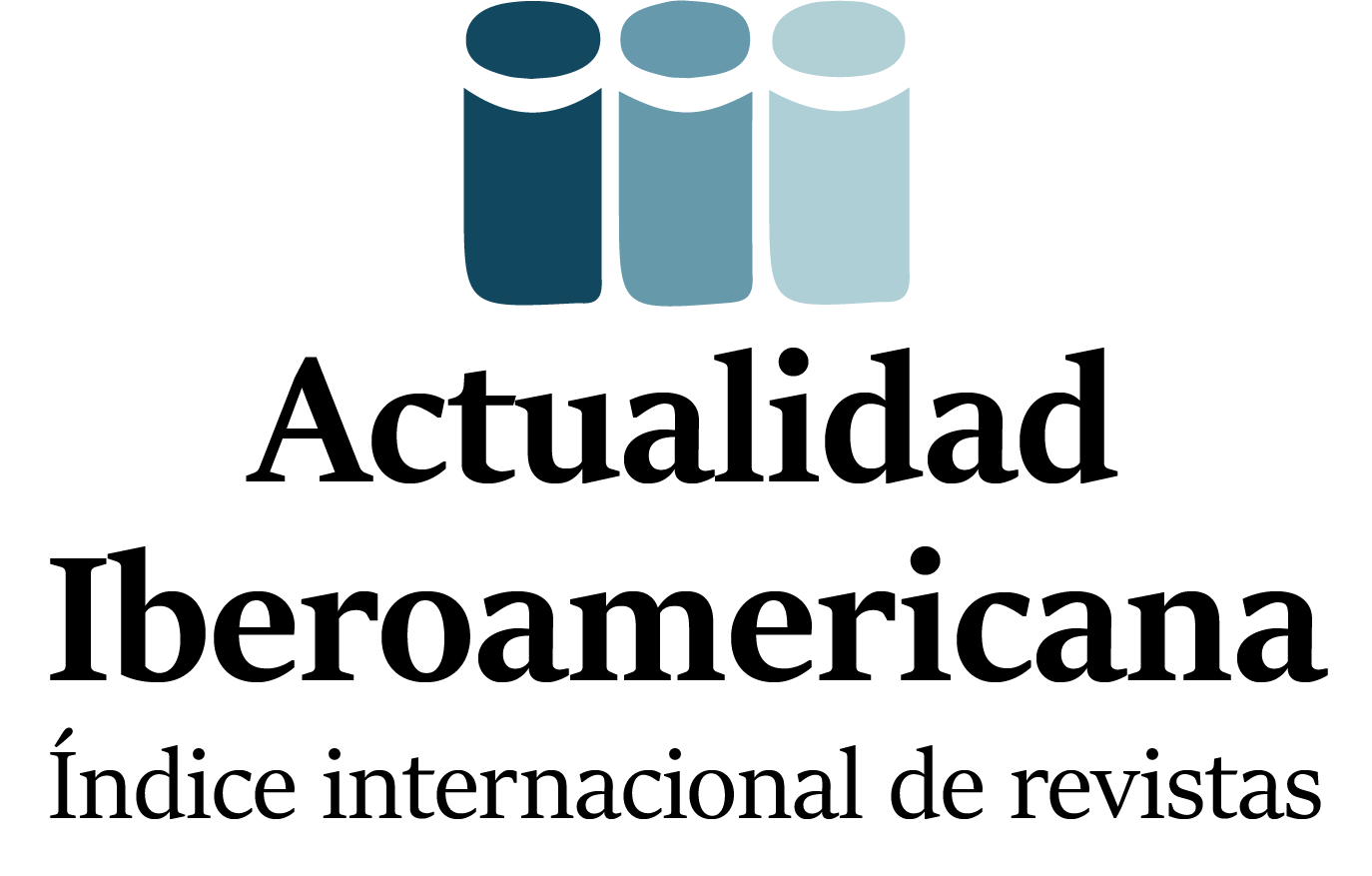Development of a scale to measure responsible ownership practices of dog owners
DOI:
https://doi.org/10.24215/2422572Xe106Keywords:
responsible ownership, companion dog, owner, guardianAbstract
In the literature, the multiple benefits of having a pet have been studied. However, in certain countries, successful levels of application of responsible ownership management have not yet been achieved. There are still no validated tools to assess the levels of responsible ownership of these animals, which makes it difficult to understand and address this problem. The objective of this research was to develop a valid measurement tool for the responsible ownership practices of dog guardians towards their animals. For this, an online questionnaire was applied to 1,281 dog owners in Chile. To validate the questionnaire, a reliability analysis was performed with the sample of 1065 participants. It has been proven that Cronbach's alpha coefficient is 0.651. It has been shown that this tool can be used to evaluate responsible dog keeping practices, since it has an acceptable internal consistency for these types of variables.
Downloads
Metrics
References
Calvo, P., Bowen, J., Bulbena, A., Tobeña, A. y Fatjó, J. (2016). Highly educated men establish strong emotional links with their dogs: A study with Monash Dog Owner Relationship Scale (MDORS) in committed Spanish dog owners. PLoS One, 11(12), e0168748. https://doi.org/10.1371/journal.pone.0168748
Cassia Garcia, R. de (2004). Controle de populações de cães e gatos em área urbana: uma experiencia inovadora na Grande São Paulo. Saúde Coletiva, 2(5), 24-28.
Coleman, J., Green, B., Garthe, R., Worthington, E., Barker, S. e Ingram, K. (2016). The Coleman Dog Attitude Scale (C-DAS): Development, refinement, validation, and reliability. Applied Animal Behaviour Science, 176, 77–86. https://doi.org/10.1016/j.applanim.2016.01.003
Davis, J. H. (1987). Pet care during preadolescence: Developmental considerations. Child Care Health and Development, 13(4), 269–276. https://doi.org/10.1111/j.1365-2214.1987.tb00543.x
Davis, S. y Valla, F. (1978). Evidence for domestication of the dog 12,000 years ago in the Natufian of Israel. Nature, 276, 608-610. https://doi.org/10.1038/276608a0
Departamento de Epidemiología, Ministerio de Salud de Chile. (2006). II Encuesta de Calidad de Vida y Salud, Chile 2006: Informe de resultados regionales y por zona rural y urbana. http://epi.minsal.cl
Díaz Videla, M. (2017). Antrozoología y la relación humano-perro. iRojo
Espínola Quilodrán, F. (2004). Estimación de la población canina callejera y supervisada de la ciudad de Santiago, Región Metropolitana (memoria para optar al título profesional de médico veterinario por la Universidad de Chile, Facultad de Ciencias Veterinarias y Pecuarias, Escuela de Ciencias Veterinarias, Departamento de Medicina Preventiva Animal).
Gobierno Regional Metropolitano de Santiago. (2015). Manual de tenencia responsable de mascotas. Cuidado con el perro. https://condominiomallen.cl/documentos/ManualTenenciaResponsableMascotas.pdf
Gray, P. B. y Young, S. M. (2011). Human-pet dynamics in cross-cultural perspective. Anthrozoös, 24(1), 17-30. https://doi.org/10.2752/175303711X12923300467285
Gutiérrez, G., Granados, D. y Piar, N. (2007). Interacciones humano-animal: características e implicaciones para el bienestar de los humanos. Revista Colombiana de Psicología, 16, 163-184.
Ibarra, L., Morales, M. y Acuña, P. (2003). Aspectos demográficos de la población de perros y gatos en la ciudad de Santiago, Chile. Avances en Ciencias Veterinarias, 18(1-2), 13-20.
International Companion Animal Management Coalition [ICAM]. (2007). Humane dog population management guidance. https://www.worldanimalprotection.org/sites/default/files/media/ca_-_en_files/icam_dog_population_management_tcm22-8291.pdf
Jara García, M. (2009). Bases para el establecimiento de un método de identificación de perros en la comunidad en la comuna de Maipú (memoria para optar al título profesional de médico veterinario por la Universidad de Chile, Facultad de Ciencias Veterinarias y Pecuarias, Escuela de Ciencias Veterinarias, Departamento de Medicina Preventiva Animal).
Payne, E., Bennett, P. y McGreevy, P. (2015). Current perspectives on attachment and bonding in the dog-human dyad. Psychology Research and Behavior Management, 8, 71–79. https://doi.org/10.2147/PRBM.S74972
Rehn, T. y Keeling, L. J. (2016). Measuring dog-owner relationships: Crossing boundaries between animal behaviour and human psychology. Applied Animal Behaviour Science, 183, 1-9. https://doi.org/10.1016/j.applanim.2016.07.003
Rohlf, V., Bennett, P., Toukhsati, S. y Coleman, G. (2010). Why do even committed dog owners fail to comply with some responsible ownership practices? Anthrozoös, 23(2), 143-155. https://doi.org/10.2752/175303710X12682332909972
Salamanca, C., Polo, L. y Vargas, J. (2011). Sobrepoblación canina y felina: tendencias y nuevas perspectivas. Rev. Med. Vet. Zoot., 58(1), 45-53.
Serpell, J. A. (2004). Factors influencing human attitudes to animals and their welfare. Animal Welfare, 13, S145-S151.
Siegel, J. M. (1990). Stressful life events and use of physician services among the elderly: The moderating role of pet ownership. Journal of Personality and Social Psychology, 58(6), 1081-1086. http://dx.doi.org/ 10.1037/0022-3514.58.6.1081
Von Arcken Cancino, B. (2011). Interacción entre humanos y animales. Revista de la Universidad de La Salle, 54, 149-159. https://ciencia.lasalle.edu.co/ruls/vol2011/iss54/9
Wilson, C. y Netting, F. (2012). The status of instrument development in the human-animal interaction field. Anthrozoös, 25(número suplementario 1), s11-s55. https://doi.org/10.2752/175303712X13353430376977
Wlodarczyk, J. (2017). Be more dog: The human-canine relationship in contemporary dog-training methodologies. Performance Research, 22(2), 40-47. https://doi.org/10.1080/13528165.2017.1315962
World Organization for Animal Health [OIE]. (2015). Stray dog population control.
World Small Animal Veterinary Association [WSAVA]. (2016). Directrices para la vacunación de perros y gatos. Journal of Small Animal Practice, 57, F1-F51.
Downloads
Additional Files
Published
How to Cite
Issue
Section
License
Copyright (c) 2021 Carmen Luz Barrios Gómez, Rosa Cirac Sanz, María Francisca Lisperguer Araya, Paula Calvo Soler, Carlos Bustos-López

This work is licensed under a Creative Commons Attribution 4.0 International License.
![]()
Authors who publish in this journal accept the following conditions:
- Authors retain the copyright and assign the right of first publication to the journal, with the work registered under a Creative Commons attribution license (CC-BY), which allows third parties to use what is published whenever they mention the authorship of the work and the first publication in this magazine.
- Authors can make other independent and additional contractual agreements for the non-exclusive distribution of the article published in this journal (e.g., include it in an institutional repository or publish it in a book) as long as they clearly indicate that the work was published for the first time in this magazine.
- Authors are allowed and encouraged to publish their work on the Internet (e.g., on institutional or personal webpages) before and during the review and publication process, as it can lead to productive exchanges and greater and faster dissemination of published work (see The Effect of Open Access ).


